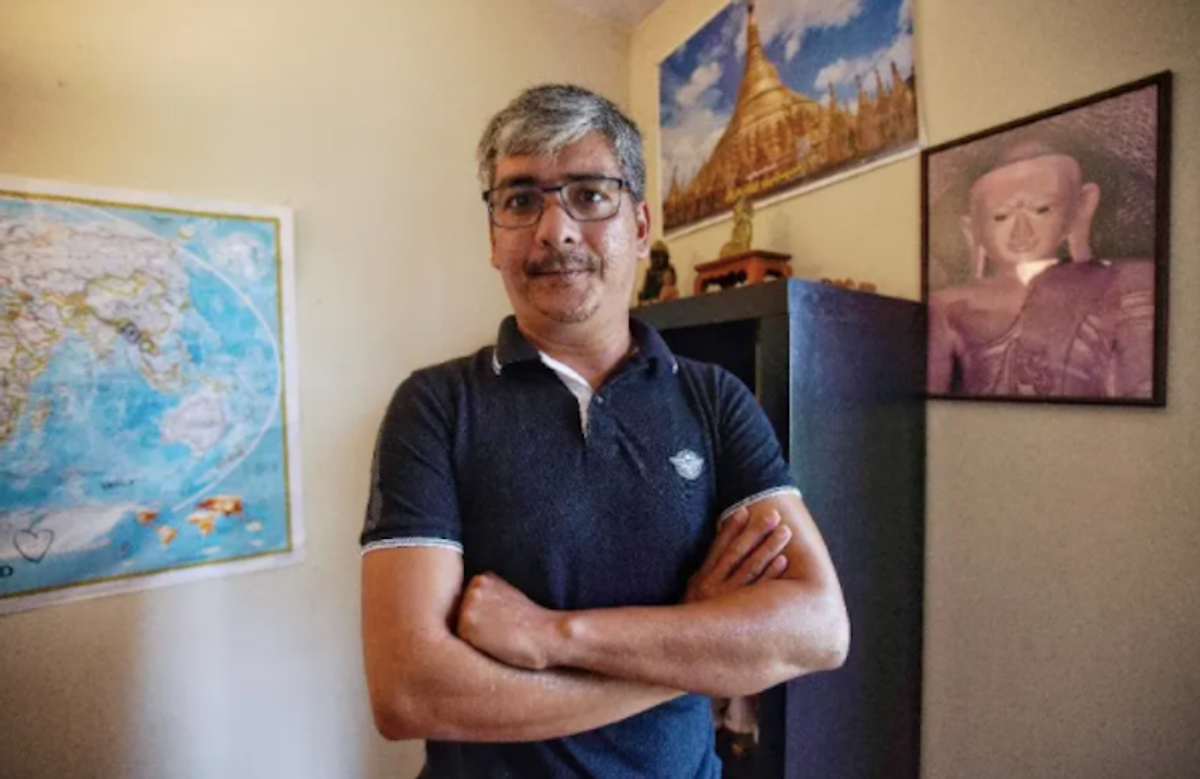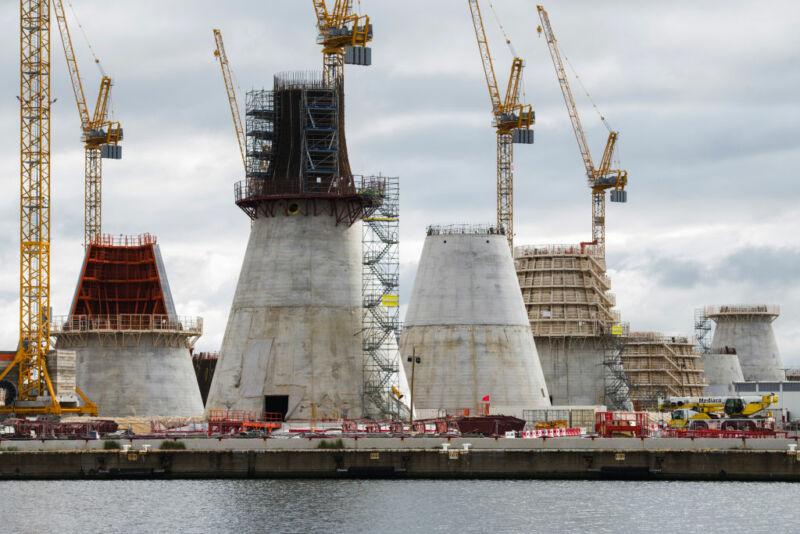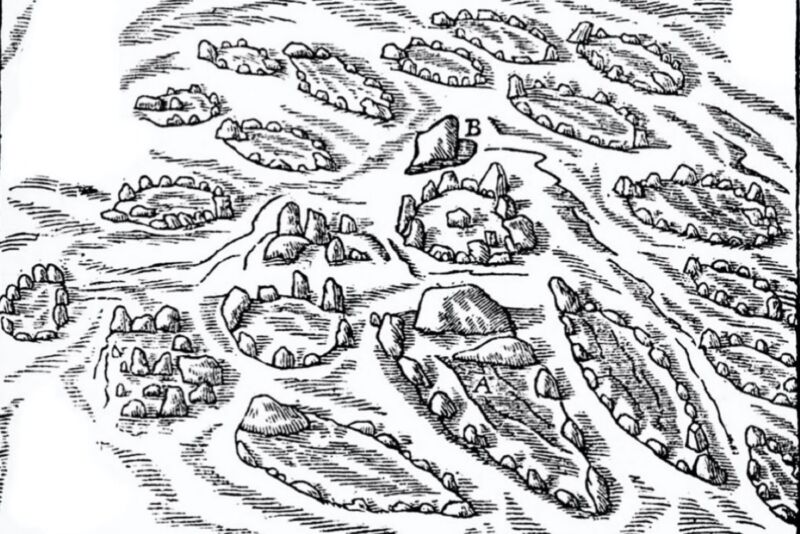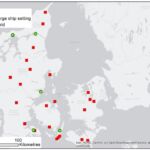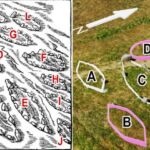CBC/Radio-Canada

The heat is taking a toll on infrastructure.
In Edmonton, several photos posted to social media show the sidewalks buckling in some areas and the damage is being attributed to the extreme heat blanketing western Canada.
Ward 3 or tastawiyiniwak councillor, John Dziadyk, shared a photo on Facebook of a section of sidewalk that was cracked and bent at an unusual angle.
In a statement, he calls on the city to take action.
"Core services should be the priority for the city,' Dziadyk wrote. "Just as potholes are caused by the cold, the heat is impacting our infrastructure. The city needs to be nimble and quick to address these issues."
In an email to CBC News, the city acknowledged the problem.
"The extreme heat caused this sidewalk and other sidewalks in the city to buckle or heave," wrote Parks and Road Services spokesperson Derek Logan.
"Concrete expands with temperature, and in extreme heat the expansion is larger. When expansion reduces the space between slabs or joints of a sidewalk, buckling can occur."
Logan noted it is not typically a problem in Edmonton given the cooler climate and city workers are dealing with the issue.
Video: Alberta heat wave worries province’s farmers (Global News)
"This week, at least 57 city sidewalks were found to have buckled or heaved due to the heat," he wrote.
"In response, city crews have been proactively inspecting sidewalks throughout Edmonton and responding to all 311 notifications. When signs of buckling were found, crews placed signs with flashing amber lights to alert people of the uneven concrete. The area would then be repaired by digging out the heave, forming or pouring concrete in the spot and replacing the impacted sidewalk panels. We prioritized heaves for repairs based on the risk they present to the public."

Edmonton isn't the only place feeling the heat.
In Clairmont, just north of Grande Prairie, Shelly Clauson spotted a rather unusual site.
"We were turning around in the parking lot at the seniors hall there, and my sister Candy pointed out, she said 'It must be hot when the picnic tables are melting'," Clauson explained.
"I turned around and I looked and the benches were all deformed, so I had to get a picture."
Clauson believes the benches are made of some sort of composite plastic material that failed to maintain structural integrity under the soaring temperatures.
"I was pretty shocked. I didn't think those things could even do that," she said. "I've also seen people have posted pictures of their windows shattering in their house."
Clauson said it's been so hot in the region that she's had to install some additional infrastructure of her own at home to try to keep cool.
"My house was absolutely boiling so we threw some tinfoil up on the windows," she said.
Unfortunately it did not achieve the desired goal.
"We ended up coming into Grande Prairie to stay at my sister's because my daughter ended up with heat exhaustion from sitting on the couch in our living room. Very grateful for family that lets me stay in their air-conditioned houses."
Relief is on the way for people and infrastructure. Environment Canada says more typical temperatures for this time of year should return on Sunday.

